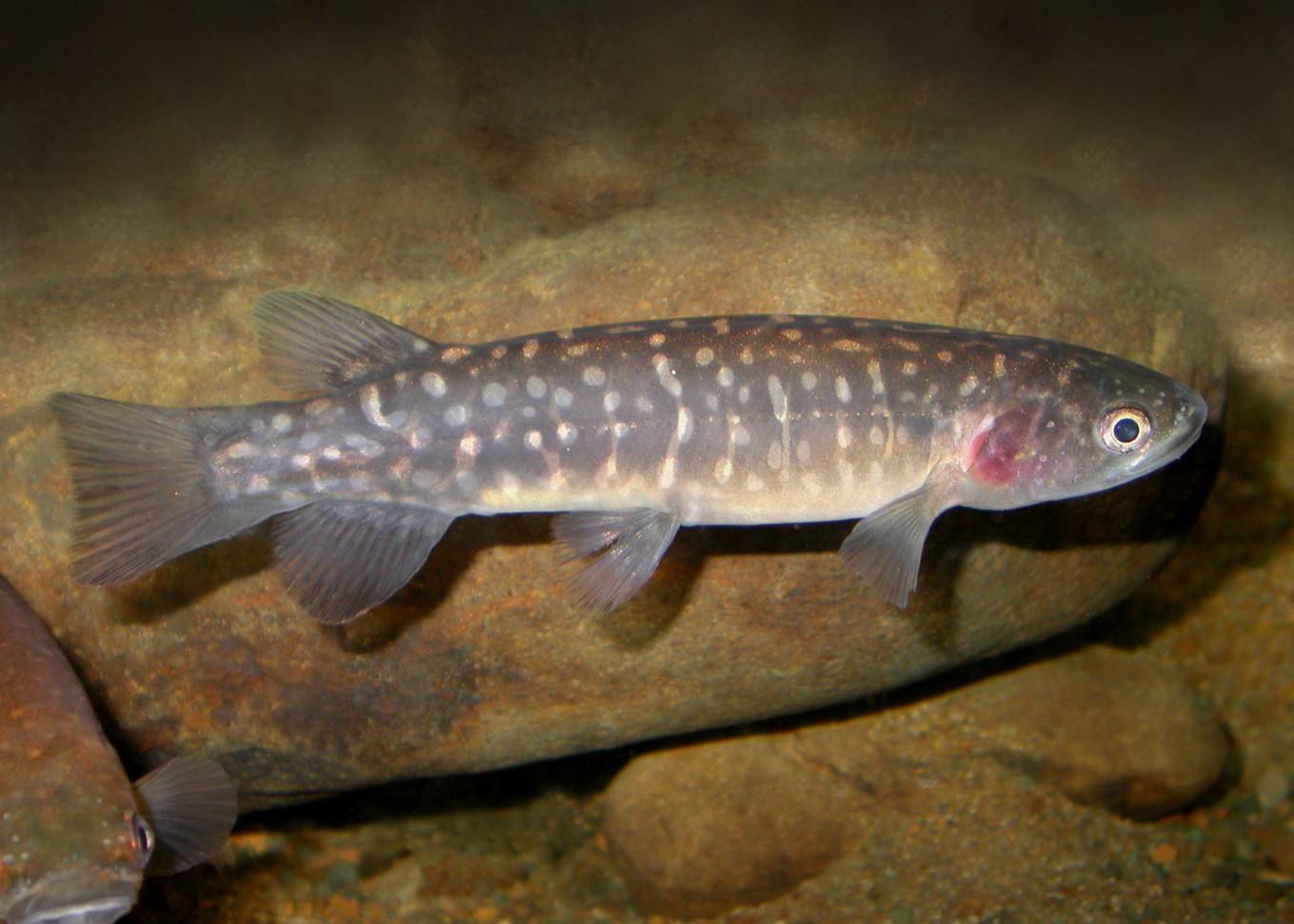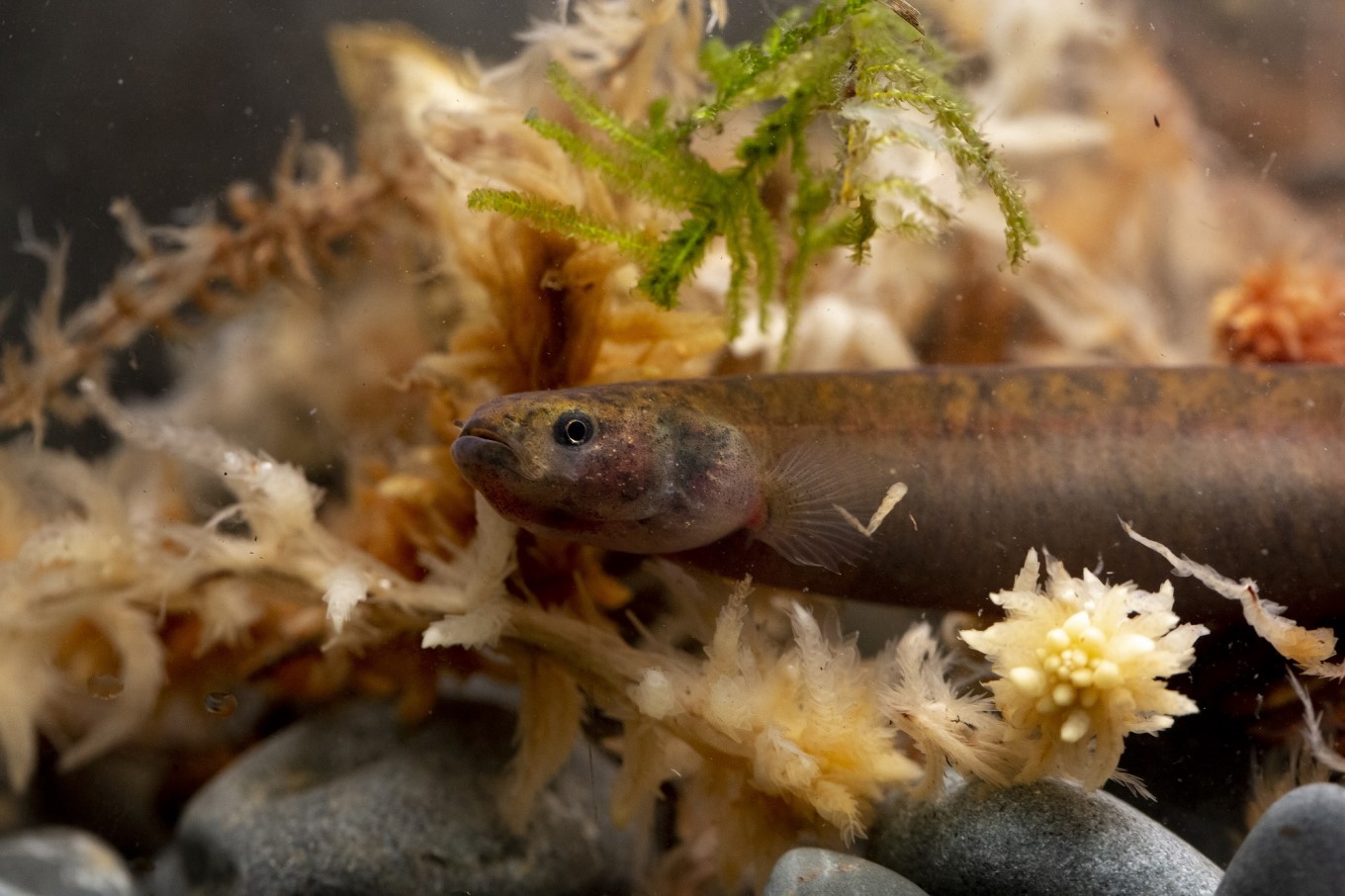They’re secretive and spend daylight hours hidden from view.
But how much do we know about the freshwater fish species who call Auckland home?
A lot more now!
Auckland Council has released its first Regional Conservation Status Assessment for freshwater fish. The conservation status of species is important in the context of consenting processes under the Resource Management Act 1991, where councils have a statutory obligation to manage threatened species’ habitats.
“A key requirement of managing threatened species’ habitats and achieving recovery of threatened species in the region, is to have a good understanding of regional population sizes and to know if and where declines are occurring,” says Chair of the Planning, Environment & Parks Committee Councillor Richard Hills.
A total of 31 freshwater fish species were identified as present in the region, 13 of which are threatened or at risk of extinction. Nine were assessed as threatened, four as at risk, three as not threatened, three as data deficient, two as regional colonisers and 10 as introduced and naturalised. Fourteen of the assessed fish are endemic, meaning they’re found nowhere else in the world.
Auckland Council’s General Manager Environmental Services Rachel Kelleher says, “To protect our threatened species, we need to understand which species are living within our region, and where, as this helps us manage threats and restore environments so our native freshwater fish populations can flourish.”
“Native freshwater fish are often overlooked because they are nocturnal. However, given plenty of cover, wood structure and leafy shade, even suburban Auckland streams can support thriving native fish populations,” says Auckland Council’s senior regional freshwater advisor Matt Bloxham.
Ubiquitous native species such as banded kōkopu and short fin eel prosper when streams, managed for years as drains and with little aquatic habitat, are restored.
“Encouraging these species into urban and rural streams can be as simple as increasing instream structure, shade, and cover,” adds Matt.

Photo captured at Auckland Zoo
However, this report focuses mainly on the less common at risk and threatened fish species. These species typically occur in Auckland’s untouched reference state streams and wetlands but are nonetheless increasingly vulnerable to climate change impacts.
One of Auckland’s rarest species, the shortjaw kōkopu, covets unique boulder strewn streams in the Waitākere Ranges. Sadly, these streams scarcely live up to their reputation as species strongholds as their populations are dwindling.
Cyclone Gabrielle, which did much damage to west Auckland last year, eliminated one of the three remaining Waitākere shortjaw populations when debris flows devastated Marawhara Stream (near Piha) and key riparian vegetation alongside it.
Foreseeing such impacts, the council, supported by Te Kawerau ā Maki and New Zealand Premium Whitebait, is breeding shortjaw kōkopu for release into streams above water supply dams – streams no native fish returning from sea can presently access. It is hoped placing captive bred fish into these otherwise underutilised catchments will increase the species resilience to climate change and secure a future for shortjaw kōkopu in Tāmaki Makarau.
The enigmatic giant kōkopu is another species in decline in Tāmaki Makarau. Once found throughout Auckland, giant kōkopu are now reduced to a handful of sites in Auckland. Much effort is going into conserving a cluster of three populations on Waiheke Island, the last Auckland stronghold for the species.
Auckland is also home to black mudfish, a rare wetland species. While the species is currently relatively abundant in Northland and in the Waikato, Auckland has only five known populations. None are secure.

Black Mudfish. Photo captured at Auckland Zoo
“If the council took a national approach and failed to act to stop the regional decline of black mudfish, we would risk losing them from Auckland,” says Matt.
“This would be at odds with our Indigenous Biodiversity Strategy that seeks to achieve the long-term recovery of the greatest number of threatened species.”
With such a compelling mandate, Auckland Zoo has been working with Northland iwi and have been able to breed mudfish sourced from a wetland north of Auckland, with the long-term goal of reintroducing them to suitable habitats.
“The value in creating an insurance population in an additional wild site for the future is that any progeny produced could potentially be drawn from to bolster the original population should it show signs of future stress.”
Conservation status of freshwater fishes in Tāmaki Makaurau / Auckland, TR2023/13 published on Knowledge Auckland here and here

